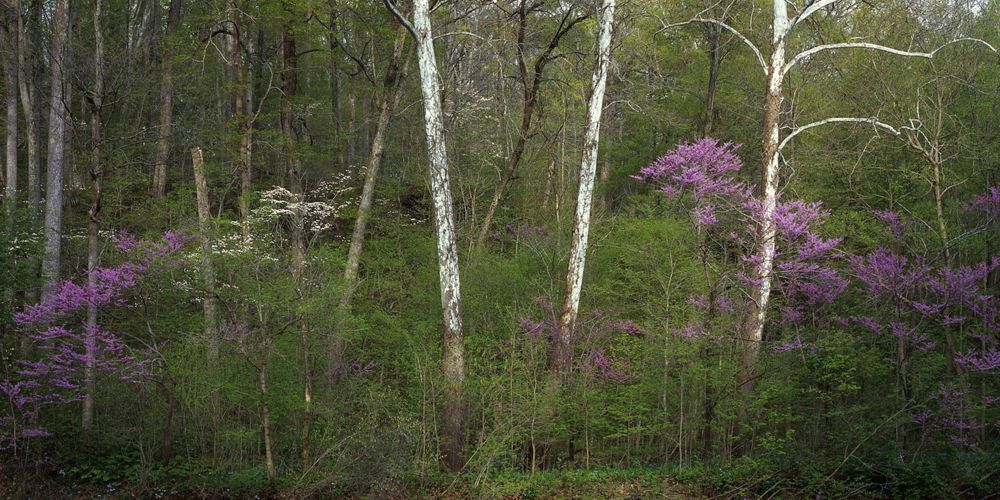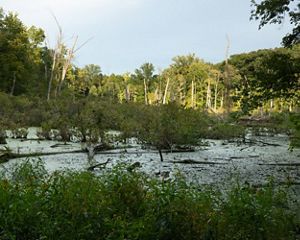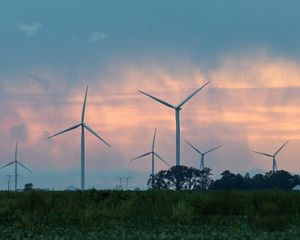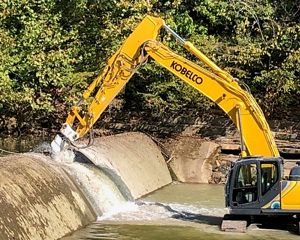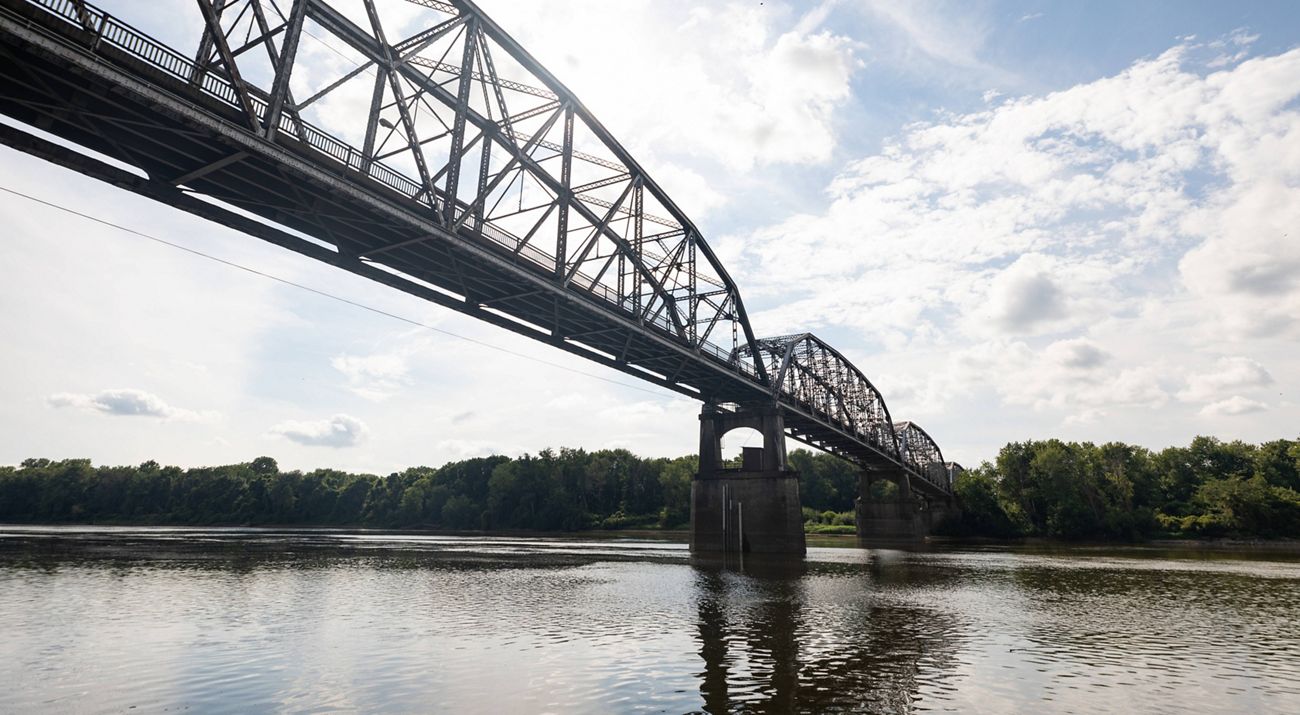
Indiana's Water Future
Without sound water policy, Indiana’s economic future is down the drain.
Water, essential to all life on the planet, is an abundant resource in Indiana. This alone puts Indiana in a resilient position as we navigate toward a climate-changed future.
As populations move over the next few decades because their homes and businesses lack access to water, the Midwest is likely to shed the Rust Belt moniker earned when its mighty industrial base was hollowed out. In its place may be “The Green Belt.”
The Great Lakes hold about 20 percent of the world’s fresh water. An international compact protects that water, which means only a small portion of Indiana has access to it. But we have an extensive system of ground water that, coupled with huge and productive aquifers, gives us confidence Indiana will have water well into the future.
This is the good news, or in economic development jargon, the opportunity. The bad news: Indiana has done nothing to ensure the abundance of water will remain, much less whether it will be clean and equitably distributed. If nothing else, the massive LEAP project in Lebanon demonstrates how ill-prepared the state is, and that its current priorities jeopardize a future of plentiful water.
But we aren’t starting from scratch. University research, a pair of comprehensive studies by the Indiana Chamber of Commerce and regional water studies by the Indiana Finance Authority are compiling important information.
How Hoosiers View Indiana's Water Protection
Based on a 2024 poll commissioned by The Nature Conservancy
-
95%
agree that water in Indiana is a resource that should be protected.
-
82%
agree that Indiana should have a comprehensive state policy to manage its water resources.
-
81%
agree that protecting Indiana's water and other natural resources is important to their voting decisions in state elections.
What’s missing? A coherent framework to guide our policymaking and the decisions about water that flow from it. It is incumbent on our next governor and the General Assembly to start asking the hard questions about water, assemble a broad coalition to answer those questions and then put a fair policy in place to ensure Indiana’s water future.
We’re well behind our neighbors, however, when it comes to water policy, according to research by Megan Freveletti, an attorney with the Conservation Law Center at Indiana University Bloomington. Ohio, Michigan and Illinois all have established statewide policies that guide water quality and use.
Her research does not include western states, where severe water shortages require a different approach to policy. But it does include Texas, where the state has had a coordinated approach to water policy since 1957. This policy divides Texas into regions that then assess their water needs based on the regular updates for industry, agriculture and citizens.
“It’s a data-oriented approach, and the planning is critical in the process,” Freveletti reported.
The regional reports flow up to the Texas Water Development Board, where decisions are made to prioritize projects across the state to ensure water quantity and quality. The decisions consider possibly the most important factor—how to distribute the water equitably.
And Texas recently injected $2 billion into a pair of funds to pay for the projects.
The other state policies vary, as they should, but they already exist. The Nature Conservancy and all of the state’s conservation community is well prepared and ready to assist—if policymakers will look into Indiana’s future and use their political capital to enact an equitable water policy for Hoosiers.
Places We Protect in Indiana
Indiana's natural areas are more than just beautiful to look at; they sustain many habitats and countless species of plants, fish and wildlife. Visit a preserve near you!
